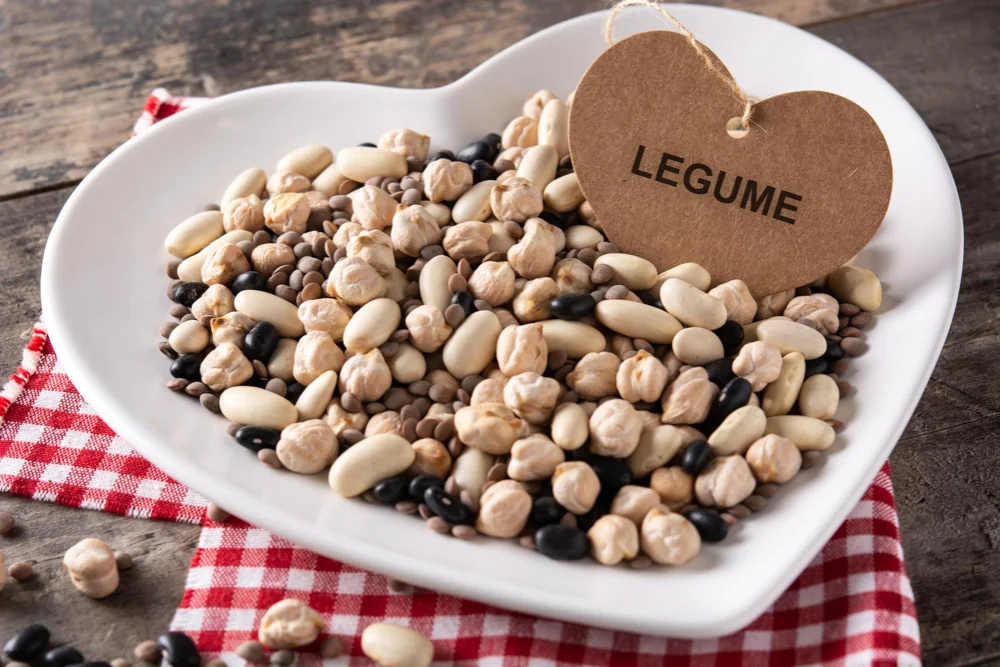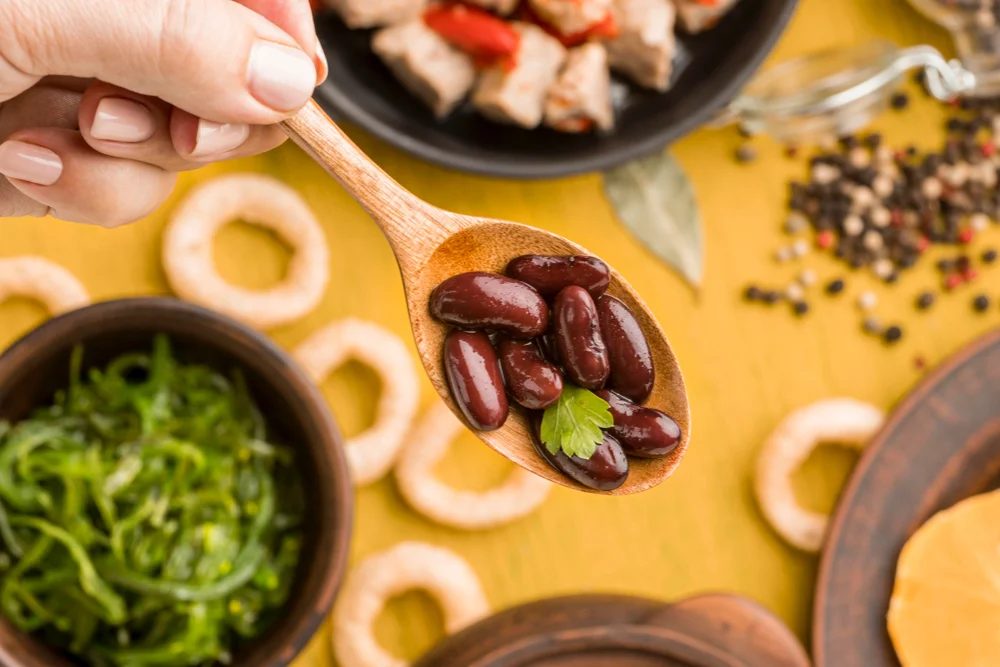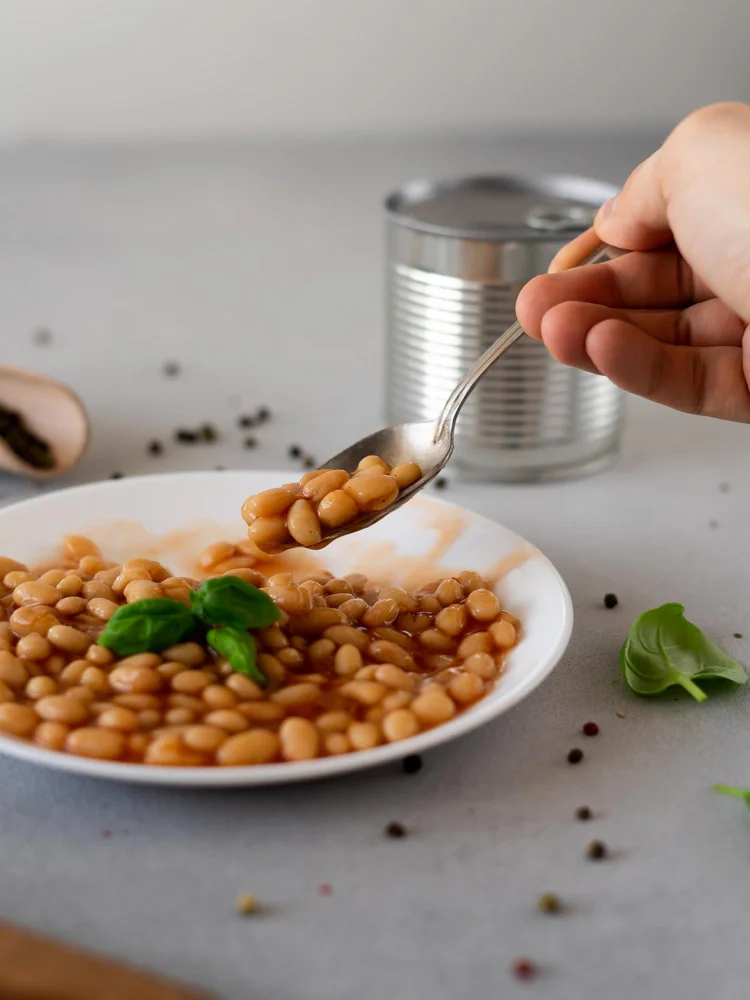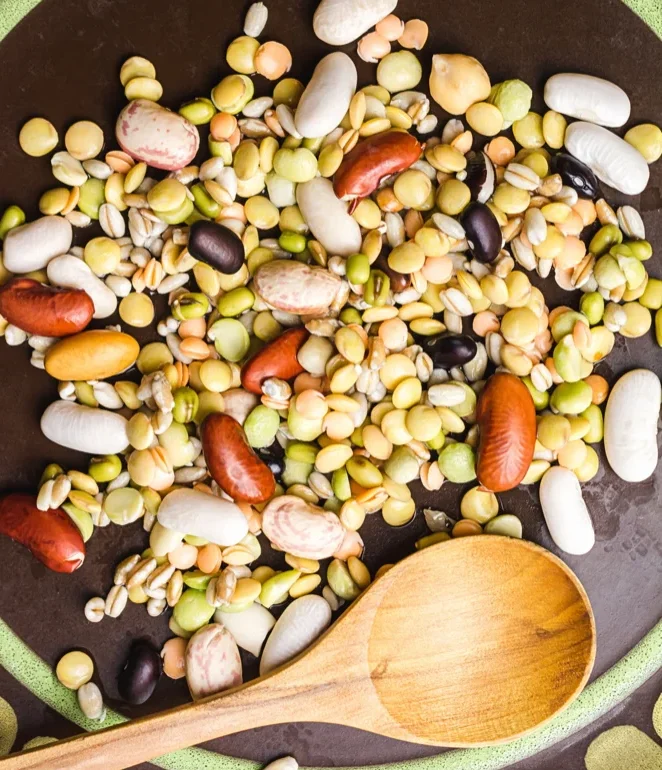Feeding a growing global population is one of the greatest challenges of our time. By 2050, the world will have nearly 10 billion people, and providing them with nutritious, affordable, and sustainable food will be no small task. For decades, most of our protein has come from animal sources, including meat, milk, eggs, and fish. However, producing animal protein consumes a lot of land, water, and energy. For example, producing one kilogram of beef can require 18 times more land and 10 times more water than producing one kilogram of kidney beans.
This is where plant proteins come in. Pulses like beans, peas, lentils, and chickpeas are rich in protein, cheaper to produce, and environmentally friendly. They also help enrich the soil by fixing nitrogen, reducing the need for chemical fertilizers. In short, pulses are not just healthy for us, but also for the planet.
The Science of Protein Extraction

Although pulses naturally contain 20–25% protein, they also have starch, fiber, and other components to make high-protein ingredients for foods like plant-based meat, dairy alternatives, or protein shakes. Alternative protein extraction processes have been used to obtain protein by a low-cost process with low environmental impact, and preserve functional properties
There are three main methods:
- Dry fractionation: This is the most eco-friendly method, using simple milling and air separation without chemicals. It preserves the natural qualities of proteins but results in lower purity (around 50–60%). Dry-fractionated proteins are perfect for “clean-label” foods since no chemicals are involved.
- Wet fractionation: This method uses water and sometimes mild chemicals to dissolve and isolate proteins. It produces very pure protein isolates (>80%), but the downside is high water and energy consumption. For example, making 1 kg of lupin protein isolate can use more than 80 liters of water.
- Hybrid fractionation: A newer approach that combines dry and wet methods. This way, researchers can balance purity, yield, and sustainability, producing proteins that are functional, tasty, and eco-friendly.
These processes are not just technical steps in a factory; they shape how plant proteins taste, feel, and behave in food. For example, some methods give proteins better foaming capacity (useful in desserts), while others improve gelling or water-binding (important in meat alternatives).
From Field to Plate: Applications in Foods

Once proteins are separated, they become versatile ingredients. Pulse proteins are finding their way into a wide variety of foods:
- Plant-based meat alternatives: Pea protein is one of the main ingredients in popular burgers and sausages. Its ability to gel and bind makes it ideal for replicating the bite of meat.
- Dairy substitutes: Chickpea and lentil proteins are being tested in plant-based yogurts and cheeses, helping improve texture and creaminess.
- Baked goods: Adding pulse proteins to bread, pasta, and snacks boosts their nutritional profile without drastically altering taste.
- Beverages and supplements: Protein shakes and sports drinks increasingly use pea and faba bean proteins as lactose-free, allergen-friendly options.
Beyond food, fractions of pulses that aren’t rich in protein, such as fibers and starches, also have uses. Pulse fibers can be added to snacks for better digestion, while pulse starches, though less common, may serve in gluten-free products.
Challenges and Future Directions

While pulses have potential in the industry, there are still hurdles to overcome. Some pulse proteins have off-flavors (often described as “beany” or “earthy”) that need masking. Others contain anti-nutritional factors, like phytates or enzyme inhibitors, which can reduce digestibility. Researchers are exploring ways to reduce these compounds through pretreatment methods such as roasting, fermentation, or enzyme treatment.
Another challenge is cost and scale. Wet extraction methods produce very pure proteins but require a lot of water and chemicals. Dry methods are more sustainable but produce less pure proteins. The future likely lies in optimizing hybrid methods that combine efficiency, purity, and environmental responsibility.
Finally, innovation is not only about technology but also about food culture. As more people adopt flexitarian, vegetarian, or vegan diets, demand for tasty, affordable, and sustainable plant-based foods will continue to rise. Pulses, with their nutritional richness and versatility, are well-positioned to be at the heart of this transformation.
Reference. Rivera, J., Siliveru, K., & Li, Y. (2022). A comprehensive review on pulse protein fractionation and extraction: processes, functionality, and food applications. Critical Reviews in Food Science and Nutrition, 64(13), 4179–4201. https://doi.org/10.1080/10408398.2022.2139223


